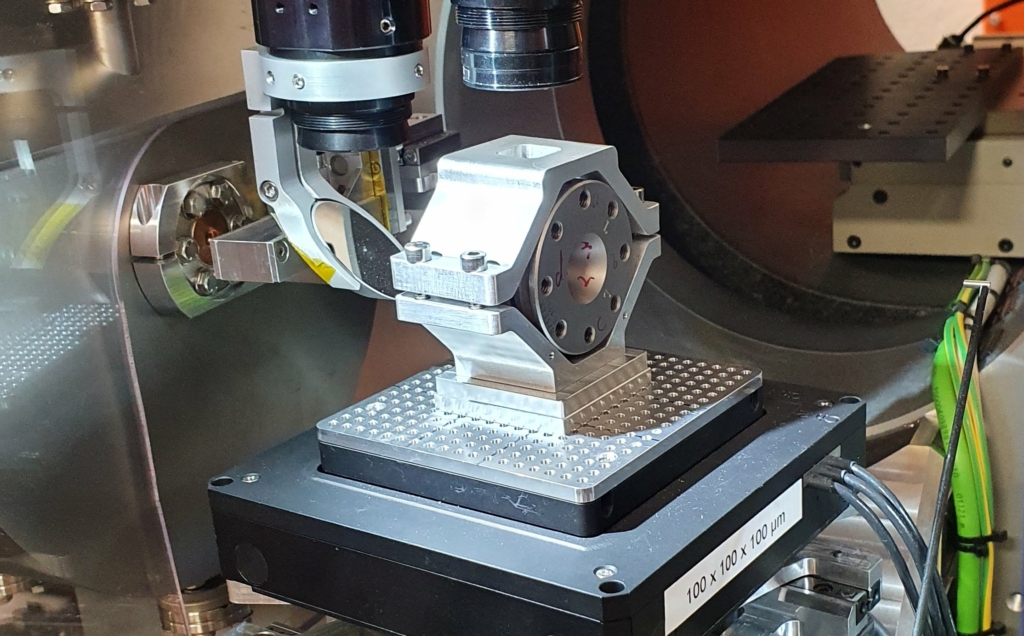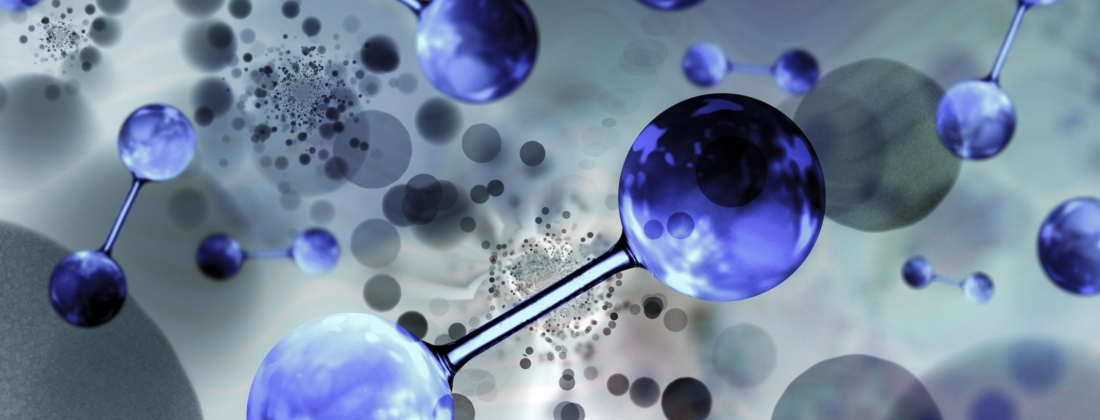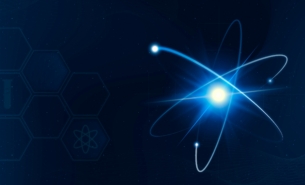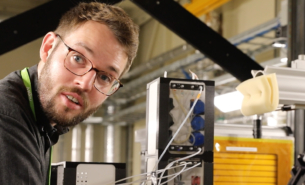An international research group reports in Nature the observation of the phase transition of a hexagonal close-packed (HCP) crystal structure of hydrogen to a 6-fold larger hydrogen supercell. The findings describe polymerization activity at extreme pressures which reveals how atoms arrange themselves in solid hydrogen and offers clues to the formation of metallic hydrogen. The study includes X-ray diffraction (XRD) data from MAX IV’s NanoMAX beamline.
“While theoretical models have predicted various structures for post-HCP hydrogen, there was no consensus on which of the predicted atomic structures was the most likely one,” said Maik Kahnt, study co-author and scientist at NanoMAX beamline. “In the end, going to a synchrotron and using nano-focussed X-rays of high intensity was the only way to check directly.”
At NanoMAX, the researchers observed a transition from HCP (molecular) hydrogen to post-HCP (atomic crystalline) hydrogen above 212 gigapascal of pressure. The results suggest a path of polymerization towards full metallization of hydrogen, according to the authors. The data may also contribute to improved prediction models for properties of matter and extreme conditions, for instance, inside planets or stars.

Less than a decade ago, Harvard University scientists reported the first successful generation of metallic hydrogen. The determination of hydrogen structural phases remains challenging for science both in hydrogen calculations and with XRD measurements due to the low X-ray scattering cross-section and high Debye-Waller factor of hydrogen.
“The crystals of solid hydrogen are extremely tiny, a few 100 nano meters, and hydrogen, due to its tiny atom, gives very weak signals. This requires the beam to study these crystals to be equally tiny in order to get any signal from the sample. If the beam were any bigger, the signal would come mostly from the sample environment and only very little from the sample,” explained Kahnt. “By using the nano-focussed beam at NanoMAX, we could put all photons on the actual sample and not anywhere else.”
One challenge of the experiment is not knowing the orientation of the solid hydrogen crystal when inside the diamond anvil cells (DAC), a bulky, heavy sample environment. To measure the Bragg peak of the crystal diffraction signal requires a systemic search.
Studies of metallic hydrogen are today considered fundamental research, requiring special conditions including ultra-high pressure to sustain the exotic state of matter of solid hydrogen. For hydrogen to reach full metallization and form a polymeric metal, scientists are testing with high flux and yet higher pressures in DAC environments. Proposed future applications for a stable form include room temperature superconductors and atomic rocket fuel.




